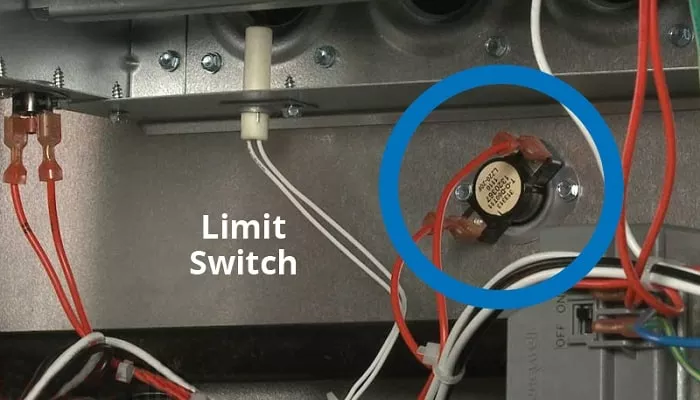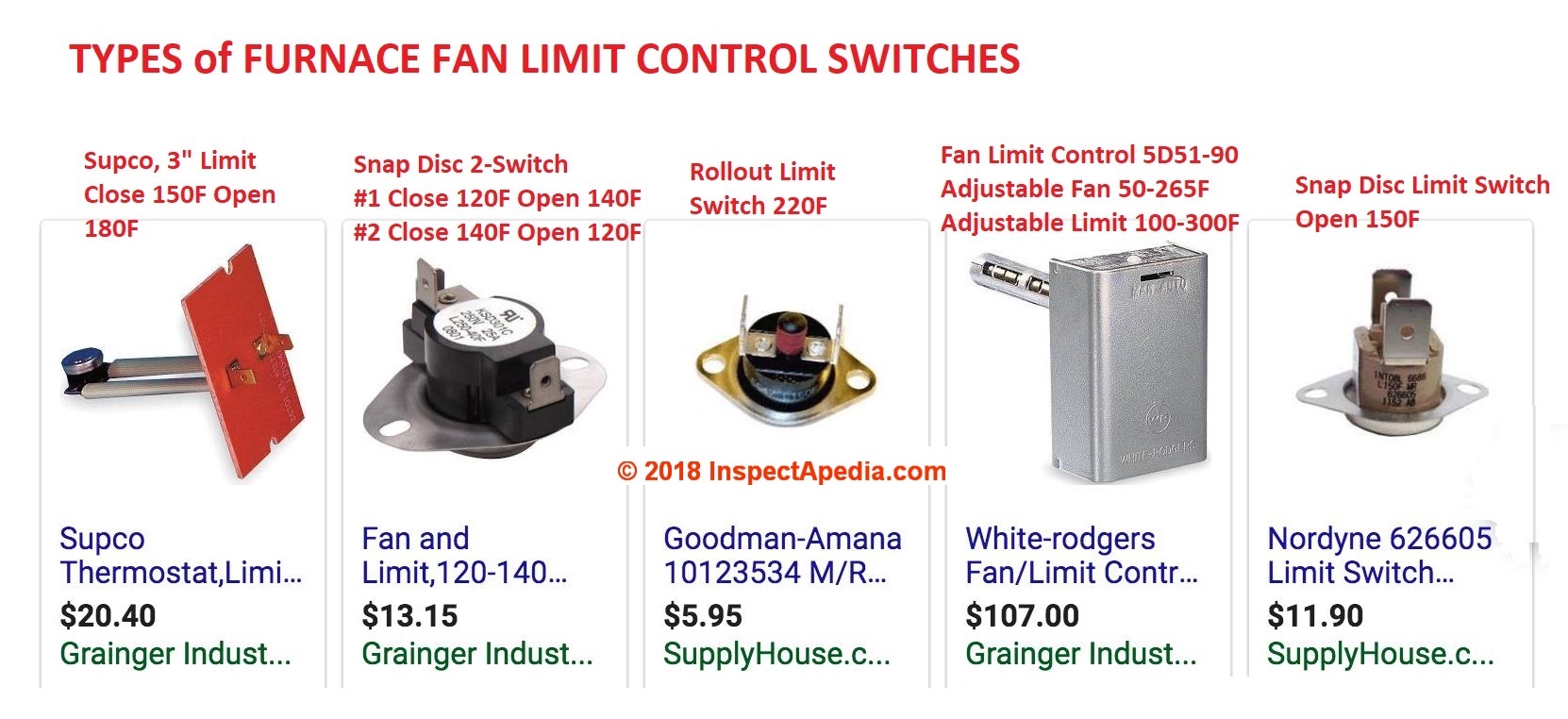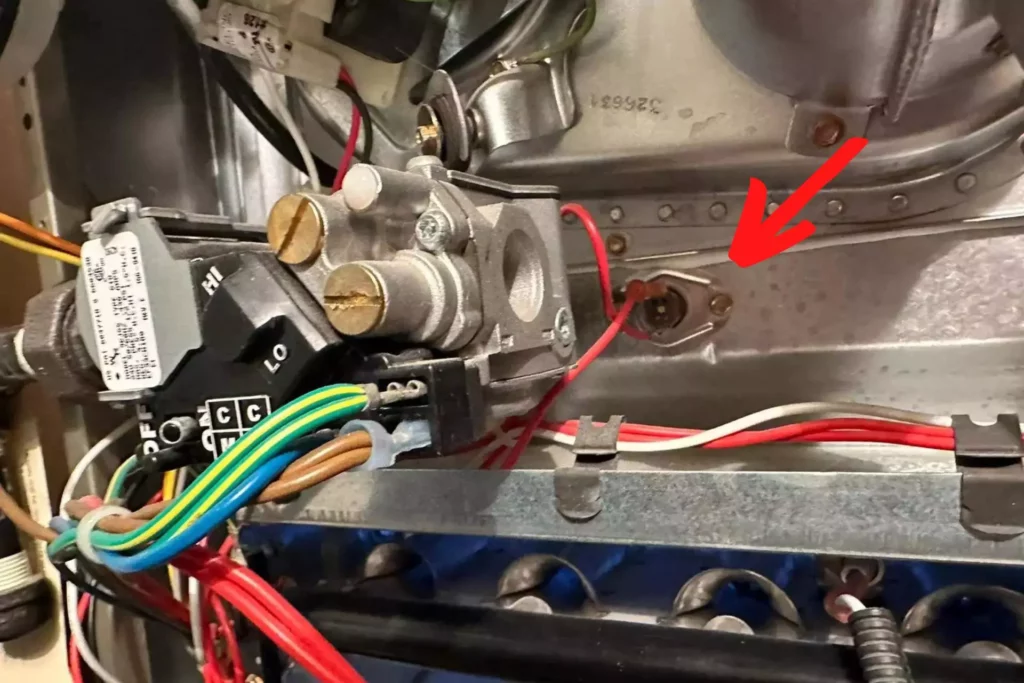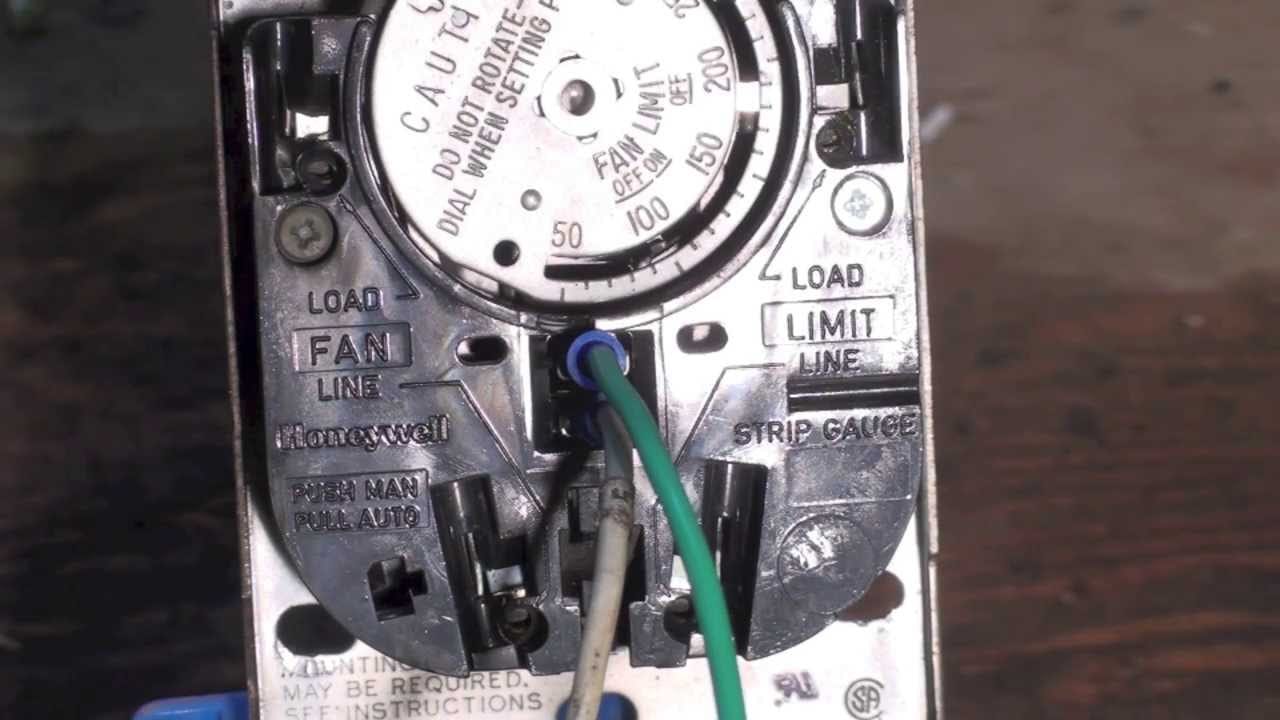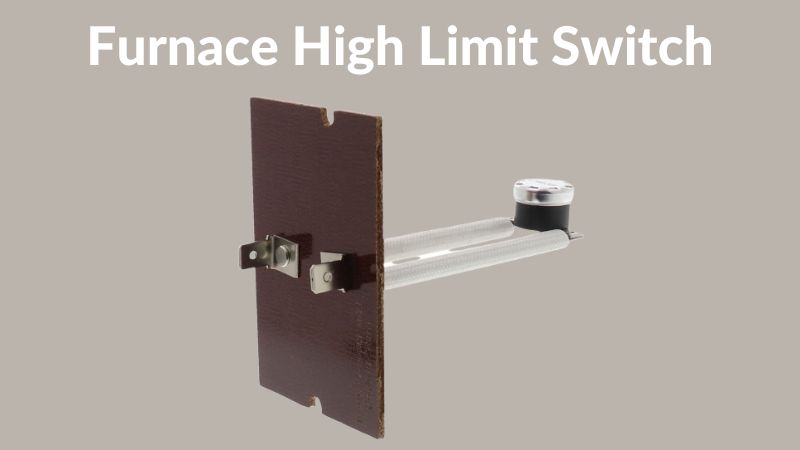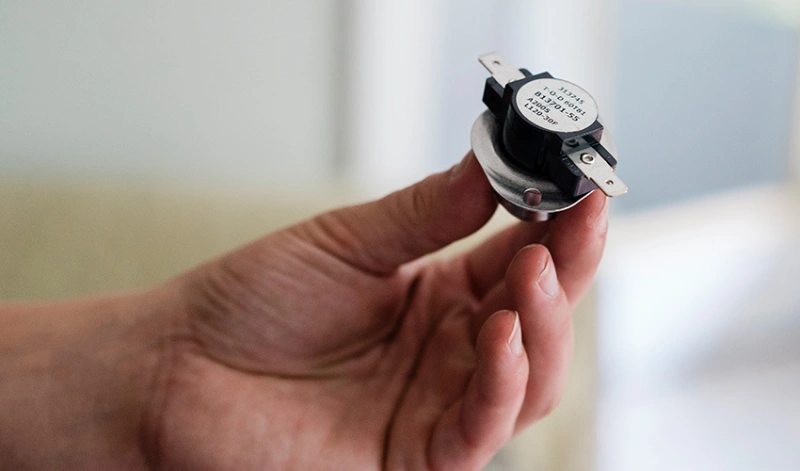What Is A Furnace Limit Switch

It's a cold winter evening, and suddenly, your furnace shuts down. You check the thermostat – it's set correctly. You hear a faint click, but no warm air. This scenario is all too common, and often, the culprit is a tripped furnace limit switch. But what is it, and what can you do about it?
Understanding the Furnace Limit Switch
The furnace limit switch is a critical safety device. Its primary function is to prevent your furnace from overheating. Think of it as a circuit breaker for temperature. When the furnace gets too hot, the limit switch trips, cutting off power to the gas valve and burners. This prevents potential fires and damage to your furnace.
Limit switches are usually located near the top of the furnace, often on the blower housing or near the heat exchanger. They come in various types, including:
- Manual Reset: Requires physically pressing a button to reset after tripping.
- Automatic Reset: Resets automatically once the furnace cools down. However, repeated tripping indicates a persistent problem that needs addressing.
- Rollout Switches: Specifically designed to detect flame rollout (flames exiting the burner area) and are almost always manual reset.
Understanding the type of limit switch you have is crucial for troubleshooting.
Troubleshooting a Tripped Furnace Limit Switch: A Step-by-Step Guide
Before we begin, a critical safety warning: Always turn off the power to your furnace at the breaker box before attempting any troubleshooting. Working with electricity and gas can be dangerous. If you are not comfortable with any of these steps, call a qualified HVAC technician.
Step 1: Identify the Limit Switch
Locate the limit switch in your furnace. Look for a small, rectangular component with wires connected to it. It will likely be near the blower motor or the heat exchanger. The label on the switch may indicate "Limit Switch" or "High Limit." Take a picture with your phone; it will help with reassembly later.
Step 2: Determine the Type of Limit Switch
Examine the limit switch closely. Is there a small reset button? If so, it's a manual reset switch. If not, it's likely an automatic reset switch. If you see a small button with a red indicator, that's likely a flame rollout switch, which are always manual reset and suggest a more significant problem.
Step 3: Check for Obvious Issues
Before resetting anything, look for obvious problems that may have caused the switch to trip:
- Dirty Air Filter: A clogged air filter restricts airflow, causing the furnace to overheat. This is the most common cause.
- Blocked Vents: Make sure all supply and return vents are open and unobstructed. Furniture or rugs can block airflow.
- Dirty Blower Wheel: A dirty blower wheel reduces airflow.
- Debris Around the Furnace: Ensure nothing is blocking airflow around the furnace itself.
Step 4: Resetting a Manual Reset Limit Switch
If you have a manual reset switch and you've addressed any obvious issues, try resetting it. Press the reset button firmly. You should hear a faint click. Now, turn the power back on to the furnace at the breaker box and see if it starts.
Important: If the limit switch trips again soon after resetting, do not keep resetting it! This indicates a persistent problem that needs professional attention.
Step 5: Checking the Air Filter (The Most Likely Culprit)
Even if your limit switch is automatic, the air filter is still the prime suspect. Remove the air filter and hold it up to the light. If you can barely see through it, it's time for a replacement. Replace the filter with a new one of the correct size and type. Make sure you are installing it with the correct airflow direction, usually marked by an arrow on the filter frame.
Step 6: Verifying Airflow
After replacing the air filter, check the airflow from your vents. Is it stronger than before? If so, the dirty air filter was likely the problem. Let the furnace run for a while and monitor it to ensure it doesn't overheat again.
Step 7: Cleaning the Blower Wheel (Advanced DIY - Proceed with Caution)
If the air filter wasn't the problem, the blower wheel might be dirty. This is a more involved process and should only be attempted if you're comfortable working with mechanical components.
- Turn off the power to the furnace!
- Locate the blower motor and housing.
- Carefully disconnect the wires connected to the blower motor. Take a picture first! This is essential for reconnecting them correctly later.
- Remove the blower motor and wheel assembly. This usually involves removing screws and possibly disconnecting ductwork.
- Inspect the blower wheel. You'll likely find it coated in dust and debris.
- Clean the blower wheel. Use a soft brush and a vacuum cleaner to remove the dust. For stubborn debris, you can use a damp cloth (make sure the wheel is completely dry before reassembling).
- Reassemble the blower motor and housing, carefully reconnecting the wires according to the picture you took.
- Turn the power back on to the furnace and test its operation.
Warning: The blower wheel can be fragile. Be gentle when cleaning it.
Step 8: Checking for Blocked Vents
Ensure all supply and return vents are open and unobstructed. Make sure furniture, rugs, or curtains are not blocking airflow. A blocked vent can cause backpressure and lead to overheating.
Step 9: Checking the Flame Rollout Switch
If your furnace has a flame rollout switch (usually near the burners), and it has tripped, this indicates a serious problem with the combustion process. Do not attempt to fix this yourself. Flame rollout means the flames are escaping the combustion chamber, which is a fire hazard. Call a qualified HVAC technician immediately.
When to Call a Professional
While some issues are easily addressed with DIY solutions, there are times when professional help is essential. Call a qualified HVAC technician if:
- The limit switch trips repeatedly, even after replacing the air filter and cleaning the blower wheel. This indicates a deeper underlying problem.
- You suspect a faulty limit switch. Testing a limit switch requires specialized equipment and knowledge.
- You smell gas. This is a serious safety issue. Evacuate the area and call your gas company and a qualified HVAC technician immediately.
- You see signs of flame rollout (especially if the rollout switch has tripped).
- You are uncomfortable working with electricity or gas. Your safety is paramount.
- You notice unusual noises coming from your furnace.
- You can't identify the problem after following these troubleshooting steps.
Here's a more detailed breakdown of situations demanding a professional:
Suspected Faulty Limit Switch
A limit switch itself can fail. Sometimes they become overly sensitive and trip prematurely, or they might fail to trip at all, creating a dangerous situation. Diagnosing a faulty limit switch often requires a multimeter and knowledge of electrical circuits. A technician can properly test the switch and replace it if necessary.
Problems with the Blower Motor
If the blower motor is failing or running at the wrong speed, it won't provide adequate airflow, causing the furnace to overheat. Blower motor issues can include:
- Worn bearings (resulting in squealing noises).
- A failing capacitor (causing the motor to run sluggishly or not start).
- A burnt-out motor.
Replacing a blower motor is a job best left to a professional.
Issues with the Gas Valve or Burners
Problems with the gas valve or burners can lead to incomplete combustion or excessive heat. These issues require specialized knowledge and tools to diagnose and repair. Signs of a problem include:
- Yellow or orange flames (should be blue).
- A strong smell of gas.
- Soot buildup around the furnace.
Heat Exchanger Problems
The heat exchanger is a critical component that separates the combustion gases from the air circulated through your home. A cracked heat exchanger is a serious safety hazard, as it can allow carbon monoxide to enter your living space. This is a life-threatening situation. If you suspect a cracked heat exchanger, turn off your furnace immediately and call a qualified HVAC technician. They can perform a thorough inspection and determine if the heat exchanger needs to be replaced.
Preventative Maintenance
The best way to avoid furnace problems, including tripped limit switches, is to perform regular preventative maintenance. This includes:
- Replacing the air filter regularly (every 1-3 months, depending on usage and filter type).
- Having your furnace professionally inspected and cleaned annually. A technician can identify potential problems before they become major issues.
- Keeping vents clear of obstructions.
- Ensuring proper airflow around the furnace.
By taking these steps, you can help keep your furnace running safely and efficiently for years to come.
Conclusion
A tripped furnace limit switch is a common problem, but understanding its function and following these troubleshooting steps can often resolve the issue. Remember to prioritize safety and call a professional when necessary. With a little knowledge and preventative maintenance, you can keep your furnace running smoothly and stay warm all winter long.
